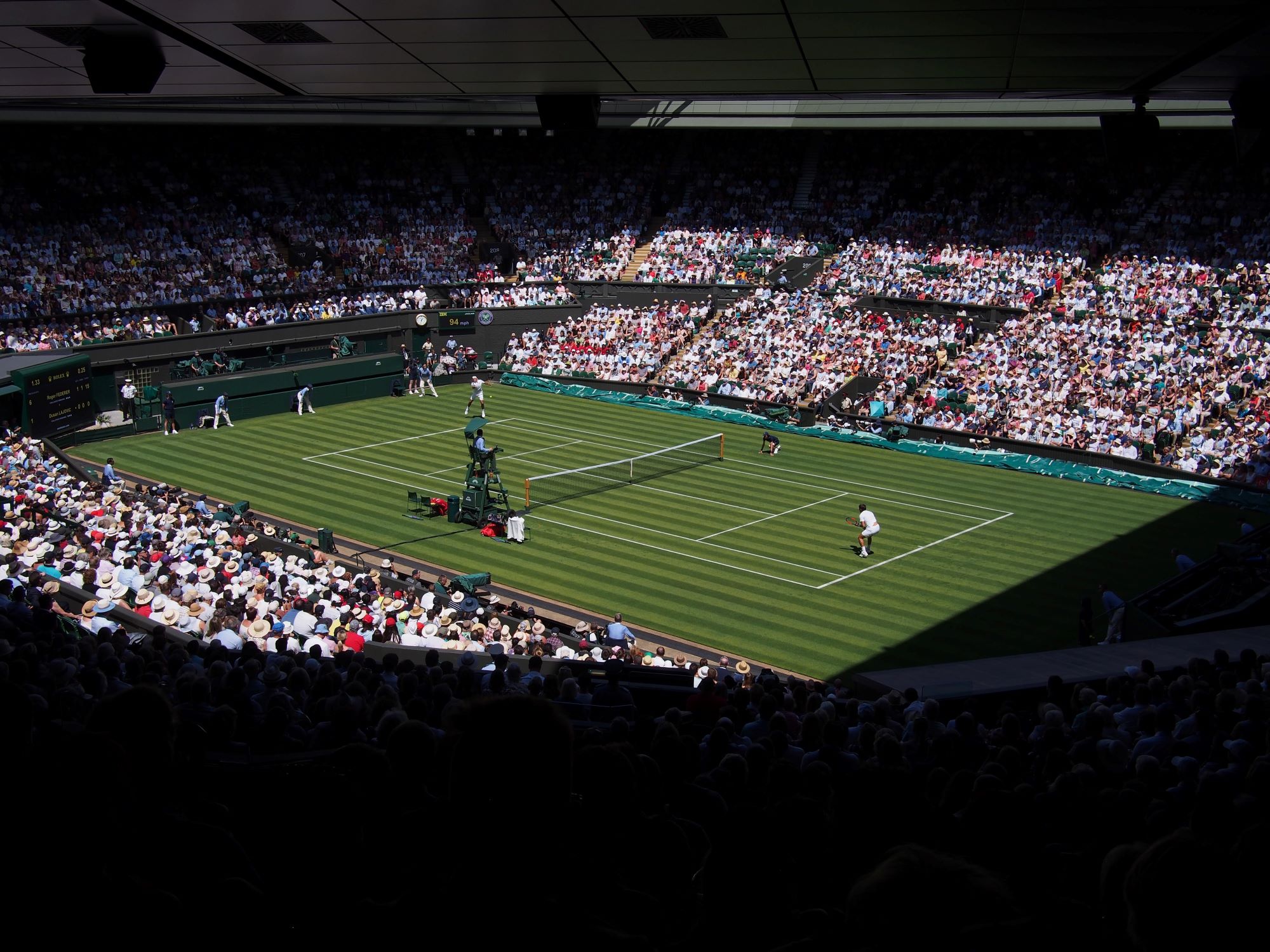Reports & Insights
Wimbledon on alert for the fall of men’s tennis triumvirate

Wimbledon on alert for the fall of men’s tennis triumvirate
Reports & Insights
Seen from the perspective of seedings, little seems to have changed in men’s tennis. Novak Djokovic and Rafael Nadal will take up their stations on either end of a draw that may well lead them to another final.
But, it is only the absence of Russian and Belarussian athletes, a crop that includes the world number one, Daniil Medvedev, and an injury to the world number two, Alexander Zverev, that leads us here. For the first time since 2003, neither of the top two men in the world comes from the ‘big three’, that warring triumvirate of Federer, Nadal, and Djokovic, who have taken the sport to unseen heights. For all that previous generations had their Borgs and Samprases, never before had the men’s game seen its Grand Slams so thoroughly annexed by a trio of players. A republic of prizes became a triumvirate. Though the seedings may paint a different picture, the reality is that men’s tennis finds itself inching ever closer to a new dawn that comes with as many uncomfortable questions as it does tantalising possibilities.
Carlos Alcaraz is the tournament’s third favourite but has played a total of two matches on grass in his career, needing five sets to beat Yasutaka Uchiyama in last year’s first round before succumbing quickly to Medvedev in the second. The Spaniard certainly looks the real deal, technically, mentally, and even physically, but 2022 may be too early for him to stake his claim in SW19.
Stefanos Tsitsipas has yet to prove he can win consistently on grass. Dennis Shapovalov looks a natural on the surface, but his form has fallen off a cliff. Matteo Berrettini’s serve is still a huge problem, even on slower grass courts, but he has only just returned from injury, even if he did so with a tournament victory in Stuttgart.
But for Andy Murray’s hip troubles in that final, we might even be talking about him as a dark horse for the title – a statement as filled with hope and happy nostalgia as it with reasons for concern for men’s tennis. As it is, both the seedings and the betting markets summarise the lack of standout potential champions behind Djokovic. Casper Ruud is the third seed, but his feelings towards grass are homophonous with his surname. Marin Cilic looked revived at Roland-Garros and may fancy a deep run in a tournament where he has previously reached the final. Perhaps the best bet outside the top two seeds is Felix Auger Aliassime. The Canadian seems to have been around for years despite only being 21-years-old and has been moving steadily up the rankings. He, more than some of his young peers, has some grass court experience, but optimism was slightly dashed by a surprise defeat to World number 205 Tim van Rijthoven in Hertogenbosch. The Dutchman, who went on to consolidate that win by beating Medvedev in the final, is a wildcard to watch out for, and one who seeds will be keen to avoid in the draw.
Taken together, the likely upshot is to make Novak Djokovic a strong favourite to win the title, his 21st Grand slam. But, thanks to circumstances entirely within his control, Djokovic has not had much five set practice this year and did not look like the elasticated beast of previous years in going down to Nadal in Paris. Nonetheless, given his achievements in the game and at recent Wimbledons – Djokovic is a three-time defending champion at the All England Club – it would be a surprise if the Serb were not to triumph. On the other hand, if Djokovic were to lose then it might signal the start of an interregnum period in men’s tennis.
For all that Nadal has just won a 14th Roland-Garros, it is growing harder to predict the men’s draw with as much certainty as we have grown used to in recent years. The situation is likely to grow murkier before it grows clearer. All good things must come to an end, and though predictions of their demise have been proven premature in the past, for tennis’ 21st century triumvirate, an end is surely approaching. Nadal’s foot is clearly a major problem. Roger Federer is 40 and has not played since his defeat at Wimbledon last year, although he has said that he definitely intends to return to the tour in 2023. Novak Djokovic, as it stands, cannot play at the next two Grand Slams once Wimbledon ends, and he too is growing older.Together, the three have defied father time for some time, and if in some ways, their gradual departure from the scene is serving to soften the eventual blow, it is one that must eventually be struck and felt.
Tennis is not the Roman Republic. The fall of a triumvirate does not equate to the toppling of an institution. New players will rise and the sport will continue to thrive. Alcaraz will have his chance to dominate. Others will try to stop him. It may even be that a new multi-part rivalry springs up. After all, Rome’s first triumvirate of Caesar, Pompey and Crassus was followed closely by a second, of Octavian, Mark Anthony and Lepidus. Some watchers of tennis may even be hoping for an era where the prizes are more shared out again, an equivalent to say the period in the third century BC when the Roman Empire split into chaotic multiple dominions before Aurelian and Diocletian restored some order.
For now, with Djokovic and Nadal lurking astride the draw, the kings are far from dead and the next men are not quite ready to take their place. What happens at Wimbledon, and in the remainder of 2022 may go a long way to deciding whether that statement is still true come January.
SMS is the insight partner of Tennis Europe and also provides official statistics on tennis shipment and retail sales in the USA, in collaboration with the TIA.
More News Articles
More News Articles
Looking for extensive insight and strategic solutions for your organisation? We can help.



